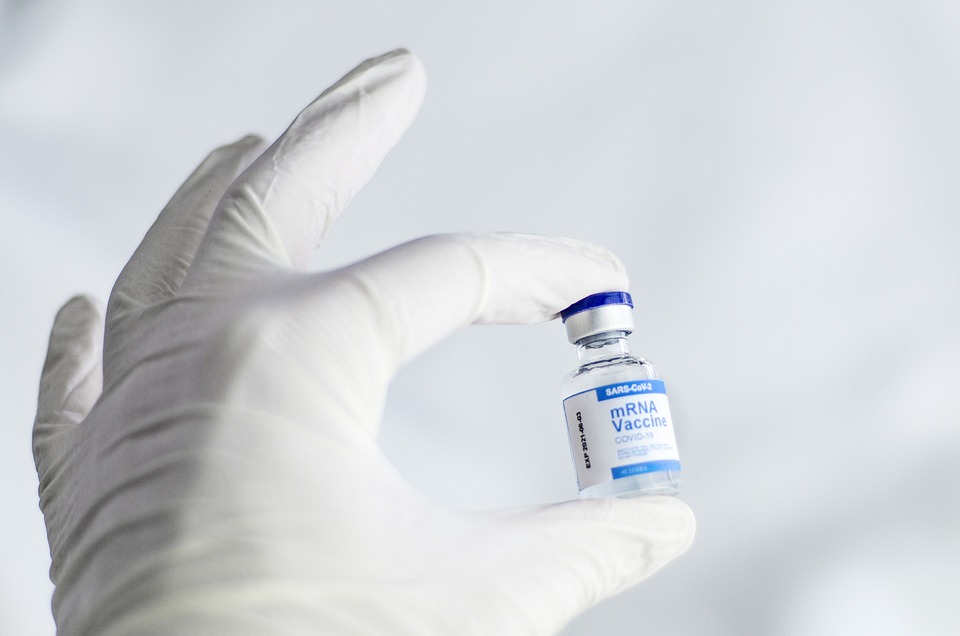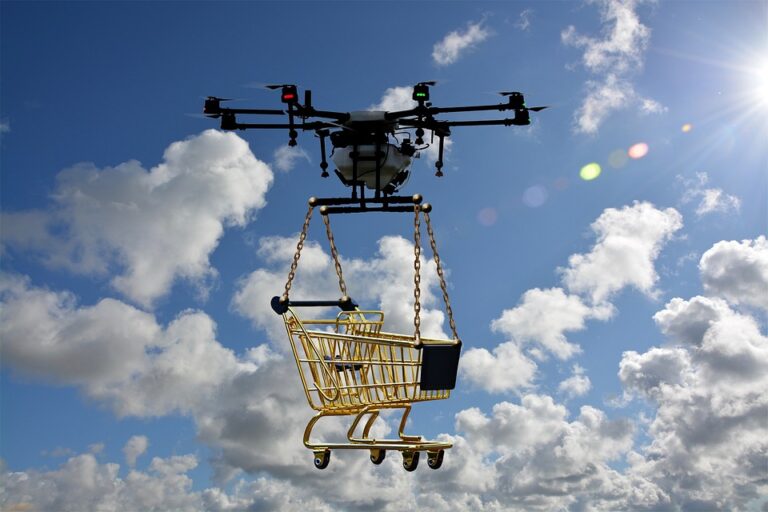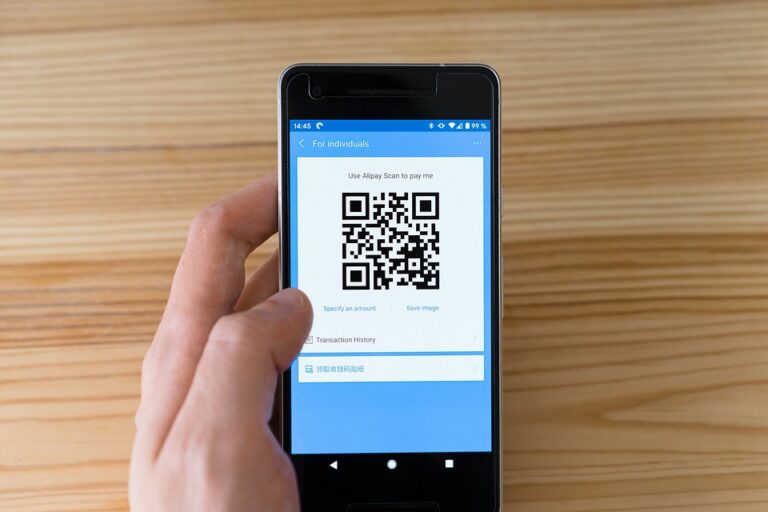Vaccine Distribution: A Path to Global Health Equity

Vaccine distribution has become a pivotal topic in global health, especially in the wake of the COVID-19 pandemic. The urgency to develop, distribute, and administer vaccines has underscored the challenges and opportunities within the global health landscape.
Understanding the Vaccine Distribution Process
The journey from vaccine development to administration is a multifaceted process involving several critical stages. Understanding these stages is essential to appreciate the challenges involved in making vaccines accessible to everyone.
Research and Development
The first step in vaccine distribution is research and development (R&D). Scientists work tirelessly to identify antigens that can trigger an immune response. This stage often involves years of laboratory research and clinical trials to ensure the vaccine’s safety and efficacy.
Manufacturing
Once a vaccine is approved, it moves into the manufacturing phase. This involves scaling up production to meet global demand, which can be a significant challenge. The manufacturing process must adhere to stringent quality control standards to ensure that each vaccine dose is safe and effective.
Quality Control and Approval
Quality control is a critical component of vaccine manufacturing. Regulatory bodies such as the U.S. Food and Drug Administration (FDA) and the European Medicines Agency (EMA) play a crucial role in approving vaccines.
This process ensures that vaccines meet the necessary safety and efficacy standards before being distributed to the public.
Distribution and Logistics
Distribution is a complex logistical challenge that involves transporting vaccines from manufacturing facilities to distribution centers and ultimately to healthcare providers.
This stage requires meticulous planning to maintain the cold chain, a temperature-controlled supply chain essential for preserving vaccine efficacy.
Administration
The final stage is the administration of vaccines to individuals. This involves coordinating with healthcare providers, ensuring adequate supply at vaccination sites, and addressing public concerns about vaccine safety and efficacy.
Challenges in Vaccine Distribution
Despite the structured process, vaccine distribution faces several challenges that can impede access and equity.
Global Inequality
One of the most significant challenges in vaccine distribution is global inequality. Many low- and middle-income countries struggle to secure sufficient vaccine doses, leading to disparities in vaccination rates. This inequality is often exacerbated by political and economic factors that favor wealthier nations.
Cold Chain Logistics
Maintaining the cold chain is critical for vaccine efficacy, but it presents logistical challenges, especially in regions with limited infrastructure. Breaks in the cold chain can render vaccines ineffective, leading to wasted doses and reduced public trust in vaccination programs.
Vaccine Hesitancy
Vaccine hesitancy, fueled by misinformation and distrust in healthcare systems, poses another challenge. Addressing hesitancy requires targeted public health campaigns to educate the public about the benefits and safety of vaccines.
Regulatory Hurdles
Navigating regulatory requirements across different countries can delay vaccine distribution. Each country has its own approval process, which can create bottlenecks and slow down the availability of vaccines.
Strategies for Equitable Vaccine Distribution
To overcome these challenges, it is essential to implement strategies that promote equitable vaccine distribution.
International Cooperation
International cooperation is vital for equitable vaccine distribution. Initiatives like COVAX, led by the World Health Organization (WHO), aim to ensure fair access to vaccines for all countries, regardless of their economic status.
By pooling resources and negotiating with manufacturers, COVAX seeks to distribute vaccines equitably across the globe.
Strengthening Healthcare Infrastructure
Investing in healthcare infrastructure, particularly in low- and middle-income countries, is crucial for effective vaccine distribution. This includes improving cold chain logistics, training healthcare workers, and enhancing data management systems to track vaccination progress.
Addressing Vaccine Hesitancy
Public health campaigns that address vaccine hesitancy are essential. These campaigns should be culturally sensitive and tailored to specific communities to build trust and encourage vaccination. Engaging local leaders and influencers can also help dispel myths and promote vaccine acceptance.
Streamlining Regulatory Processes
Harmonizing regulatory processes across countries can facilitate faster vaccine distribution. Collaborative efforts between regulatory bodies can help standardize approval processes and reduce delays in making vaccines available to the public.
The Role of Technology in Vaccine Distribution
Technology plays a pivotal role in overcoming the challenges of vaccine distribution.
Digital Tracking Systems
Digital tracking systems can enhance vaccine distribution by providing real-time data on vaccine supply and demand. These systems help manage inventory, prevent stockouts, and ensure vaccines are distributed efficiently.
Mobile Health Solutions
Mobile health (mHealth) solutions can improve vaccine access in remote and underserved areas. Mobile clinics and telehealth services can reach communities with limited access to healthcare facilities, ensuring that more people receive vaccinations.
Blockchain for Supply Chain Management
Blockchain technology offers a secure and transparent way to manage vaccine supply chains. By providing an immutable record of transactions, blockchain can help track vaccines from production to administration, reducing the risk of fraud and ensuring accountability.
Conclusion: A Call to Action
Vaccine distribution is a critical component of global health equity. While challenges persist, the strategies outlined above offer a path forward to ensure that vaccines reach everyone who needs them.
By fostering international cooperation, investing in healthcare infrastructure, addressing vaccine hesitancy, and leveraging technology, we can create a more equitable and resilient global health system.
As we move forward, it is essential to recognize that vaccines are not just a tool for individual protection but a collective asset that can help us achieve global health security. By working together, we can overcome the barriers to vaccine distribution and build a healthier, more equitable world for all.






